Singapore might be a small island nation, but don’t let its size fool you into thinking you need four wheels to see everything it has to offer. The city-state has built one of the world’s most efficient public transportation systems, making it incredibly easy to hop from hawker centers to high-rise gardens without ever needing to drive. Getting around car-free isn’t just possible here—it’s often faster and definitely more budget-friendly than dealing with the notoriously expensive car ownership costs.
Here’s a list of 20 practical tips that’ll help you navigate Singapore like a local, whether you’re visiting for a weekend or calling this tropical metropolis home for the long haul.
Use the MRT as Your Main Highway
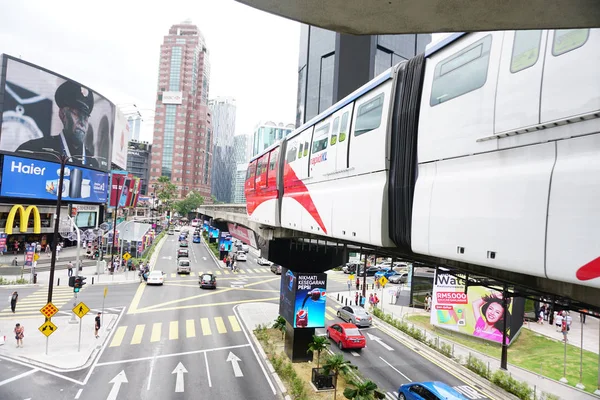
The Mass Rapid Transit system works like Singapore’s underground highway, connecting every corner of the island with clean, air-conditioned efficiency. Think of it as a giant spider web where you can get from the financial district to the airport in about 45 minutes, or zip from Little India to Chinatown in less than 15 minutes.
The trains run every 2–3 minutes during peak hours, so you’ll rarely find yourself waiting on the platform for long. Download the official MRT map app or grab a physical copy—it will quickly become your best friend for planning routes and estimating travel times.
Master the Bus Network Early
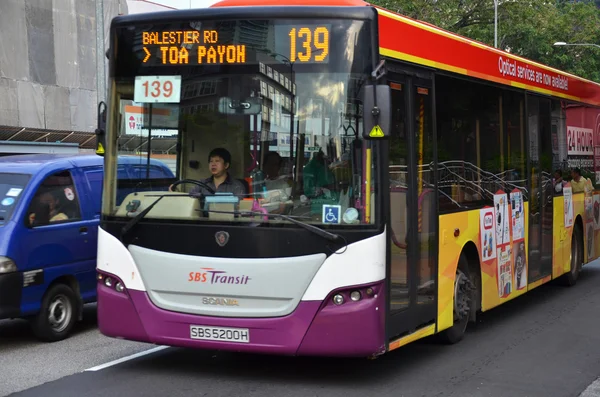
Singapore’s bus system fills in all the gaps that the MRT can’t reach, especially in residential neighborhoods and some tourist spots that are a bit off the beaten path. The buses are modern, clean, and equipped with GPS tracking, so you can see exactly when the next one arrives through apps like SBS Transit or SMRT Connect.
Unlike many cities where bus routes seem like unsolvable puzzles, Singapore’s system is logical and well-marked, with clear signage at every stop. Getting comfortable with buses opens up areas like the Southern Ridges or some of the quieter parks that might take forever to reach by train alone.
Like Travel Pug’s content? Follow us on MSN.
Get an EZ-Link Card Immediately

This little plastic card works like magic across every form of public transport in Singapore, from trains to buses to even some taxis. You can buy one at any MRT station, and it saves you the hassle of fumbling for exact change or dealing with paper tickets every time you travel.
The card automatically calculates the cheapest fare based on your journey, and you can top it up at machines or convenience stores throughout the city. Think of it as your golden ticket—tap in, tap out, and you’re good to go anywhere the public transport network reaches.
Download Essential Transport Apps
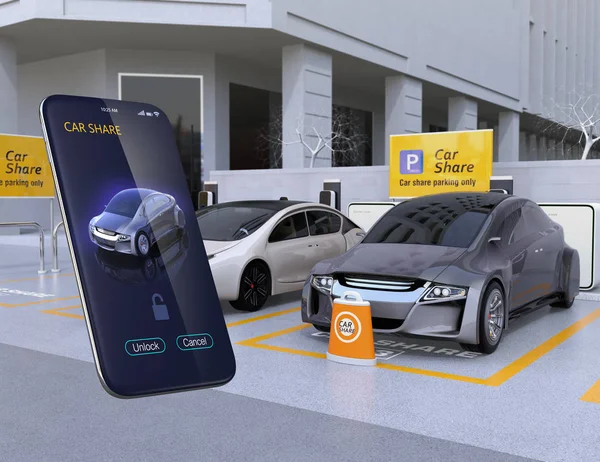
Your smartphone becomes a powerful navigation tool with the right apps installed before you start exploring. Citymapper and Google Maps both work excellently in Singapore, showing you real-time transport options and helping you choose between walking, taking the MRT, or catching a bus.
The official SingaporeGo app provides live updates on train delays or service disruptions, while GrabTaxi gives you a backup option when public transport isn’t convenient. These apps can even tell you which exit to take at MRT stations to end up closest to your destination.
Walk More Than You Think
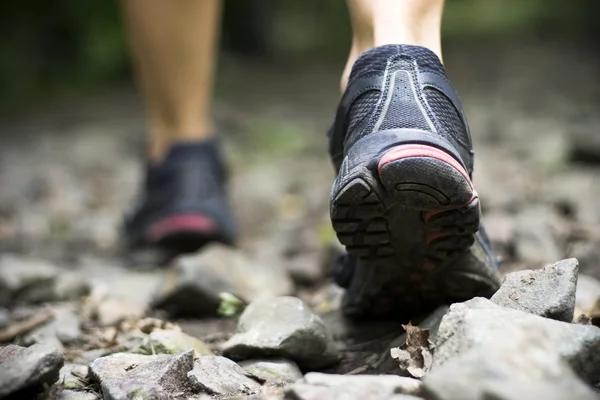
Singapore’s compact size means many attractions sit closer together than they appear on maps, especially in areas like the Civic District or around Marina Bay. The city planners have done an amazing job creating covered walkways and underground passages that protect you from both rain and intense sunshine.
Walking also lets you stumble upon hidden gems—like small temples tucked between modern buildings or street art that you’d completely miss from inside a train. Consider any journey under a mile as a great walking opportunity, especially during the cooler morning and evening hours.
Like Travel Pug’s content? Follow us on MSN.
Use Grab for Specific Situations
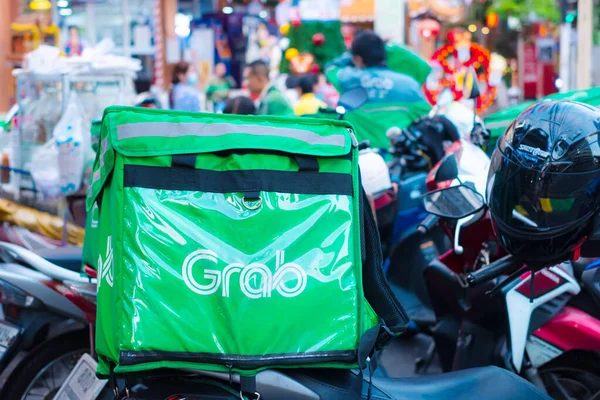
While public transport handles most of your travel needs, ride-sharing through Grab becomes incredibly useful for late-night adventures, carrying heavy shopping bags, or reaching places with limited public transport access. The app works seamlessly, shows you upfront pricing, and offers various vehicle types from basic cars to larger options for groups.
Grab also operates in heavy rain when waiting for buses becomes miserable, or when you’re dressed up for dinner and don’t want to arrive sweaty from walking in the humidity. Keep it as your backup plan rather than your primary transport method.
Explore Neighborhood Clusters
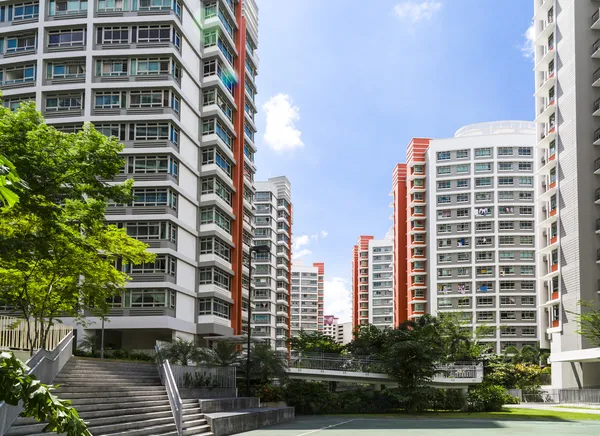
Singapore’s districts each have distinct personalities, and staying within a neighborhood for several hours lets you experience them properly without constant travel time. Spend a morning in Tiong Bahru browsing independent bookstores and cafés, then dedicate another day to Chinatown’s temples and traditional medicine shops.
This approach reduces transport costs and gives you a more authentic feel for how locals actually live and work in different areas. You’ll discover that neighborhoods like Katong or Holland Village each have enough restaurants, shops, and activities to fill entire afternoons.
Time Your Travel Smart

Rush hour in Singapore runs roughly from 7-9 AM and 5:30-7:30 PM, when trains pack with commuters and buses move slower through traffic. Planning your sightseeing during off-peak hours means more comfortable journeys and sometimes cheaper fares on certain transport options.
Early morning visits to popular spots like Gardens by the Bay or Sentosa also beat both the crowds and the intense midday heat. The transport system runs efficiently all day, but traveling during quieter periods makes the experience much more pleasant.
Like Travel Pug’s content? Follow us on MSN.
Take Advantage of Free Shuttle Services

Many shopping malls, hotels, and tourist attractions provide free shuttle buses that connect to MRT stations or other transport hubs. Orchard Road malls often run shuttles between different shopping centers, while some hotels offer rides to popular tourist spots or the nearest MRT station.
Sentosa Island has its own internal transport system that’s free once you pay the island entry fee, including monorails and beach shuttles. These services can save you both money and walking time, especially when carrying purchases or during hot weather.
Learn the MRT Color System
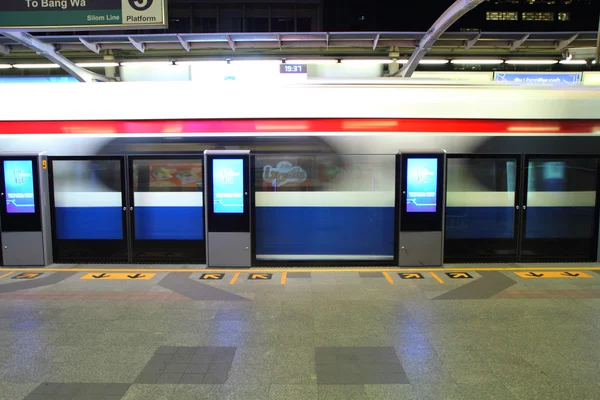
Each MRT line has a color code that makes navigation much simpler once you understand the system—think of it like following colored threads through a maze. The red line (North-South) runs from the Malaysian border down to harborfront areas, while the green line (East-West) stretches from the far west to Changi Airport.
Interchange stations where lines cross are clearly marked, and the system includes helpful announcements in English about connections to other lines. Memorizing just the main line colors helps you plan routes quickly without constantly checking maps.
Embrace the Weather Delays
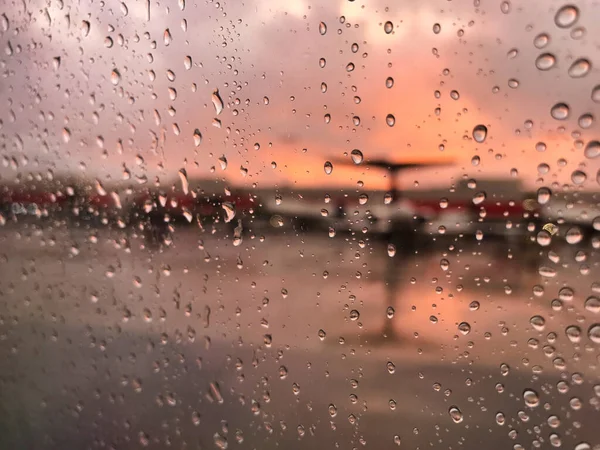
Singapore’s tropical climate brings sudden downpours that can temporarily disrupt outdoor transport like buses, but the covered MRT stations provide perfect shelter while you wait. These rain breaks actually offer great opportunities to explore underground shopping areas or grab a quick coffee at station cafés.
The weather moves fast here—what seems like a major storm often clears up within 30–45 minutes, so patience usually pays off better than trying to rush through the rain. Many locals use these breaks to catch up on their phones or do some impromptu shopping.
Like Travel Pug’s content? Follow us on MSN.
Use Park Connectors for Scenic Routes
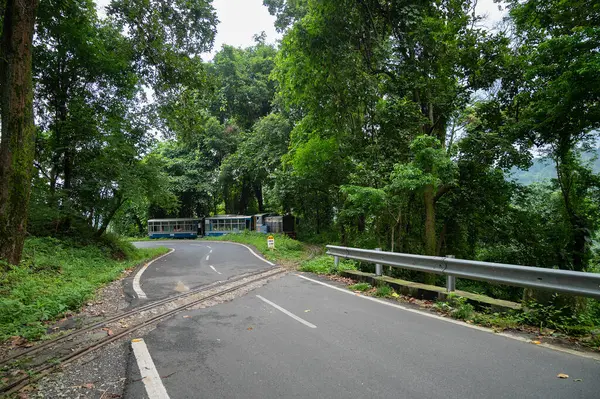
Singapore’s park connector network creates green highways for walking and cycling that connect major parks and nature areas across the island. These paths often provide more interesting routes than sticking to main roads, taking you past local neighborhoods, small temples, and hidden food courts that tourists rarely discover.
The Southern Ridges connector, for example, links several parks with elevated walkways that offer great city views without needing to climb tall buildings. Walking these connectors can turn simple point-A-to-point-B travel into mini-adventures.
Master Station Exit Strategies
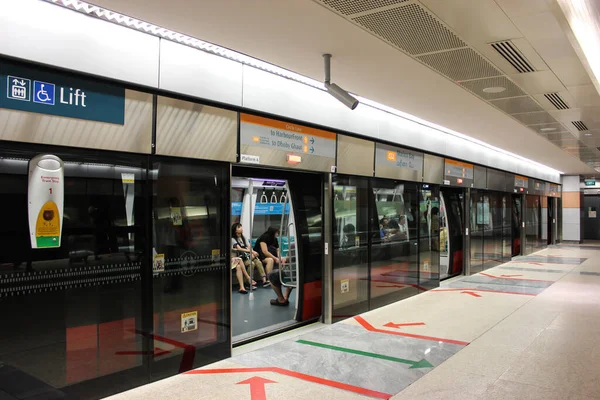
Large MRT stations like City Hall or Raffles Place have multiple exits that can deposit you blocks apart from each other, so learning which exit leads closest to your destination saves significant walking time. Station maps clearly show which exits connect to major landmarks, shopping centers, or other transport options.
Some exits lead directly into air-conditioned shopping malls or office buildings, providing relief from outdoor heat and humidity. Taking a moment to study the station map before you exit often saves you from unnecessary outdoor walking in challenging weather.
Combine Transport Methods Strategically
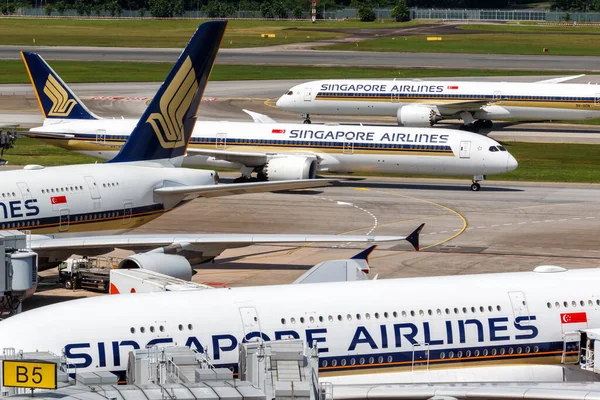
The most efficient journeys often involve mixing different transport types—maybe taking the MRT most of the way, then finishing with a short bus ride or walk to reach your exact destination. This approach works especially well when visiting places like the Singapore Botanic Gardens, where you might take the train to the nearest station, then walk through interesting neighborhoods to reach the entrance.
Combining methods also helps when one transport type is crowded or delayed, giving you flexibility to adapt your route. Think of Singapore’s transport network as ingredients in a recipe—mixing them creates better results than relying on just one.
Like Travel Pug’s content? Follow us on MSN.
Explore During Off-Peak Hours
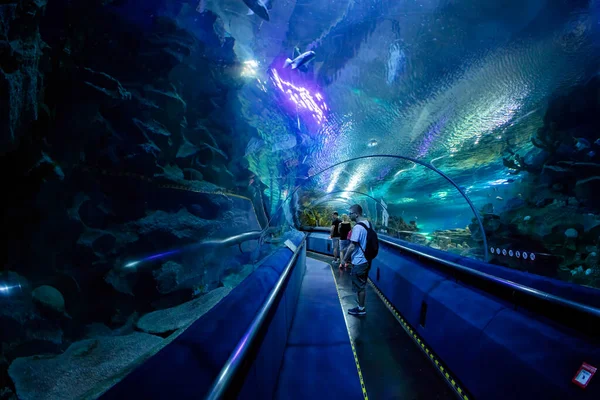
Visiting popular attractions during weekday mornings or late afternoons often means faster transport times and more comfortable journeys to get there. Many museums, gardens, and cultural sites are quieter during these periods, making both the journey and the destination more enjoyable.
The MRT runs less frequently very early or very late, but during normal daytime hours, off-peak travel provides a much more relaxed experience. This timing also helps you avoid the intense midday heat that can make walking portions of your journey uncomfortable.
Take Night Transport Options
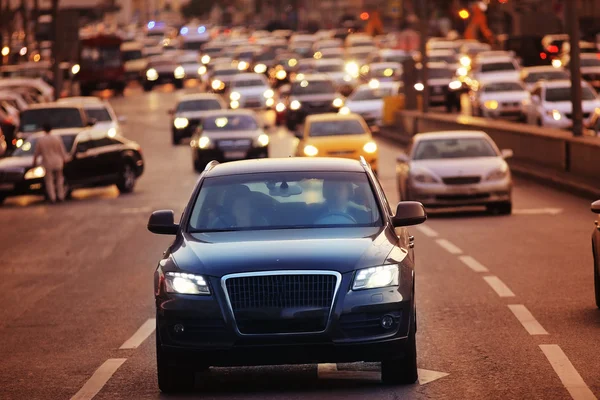
Singapore’s public transport runs until midnight or later on most lines, with some late-night bus services extending coverage into the early morning hours. Night travel reveals a different side of the city, with illuminated buildings and fewer crowds making journeys more scenic and comfortable.
Some areas like Clarke Quay or Boat Quay are specifically designed for nighttime exploration, with transport options that make it easy to bar-hop or enjoy riverside dining without worrying about getting home. Just check the last train times to avoid getting stranded, especially if you’re staying in residential areas.
Use Food Courts as Rest Stops
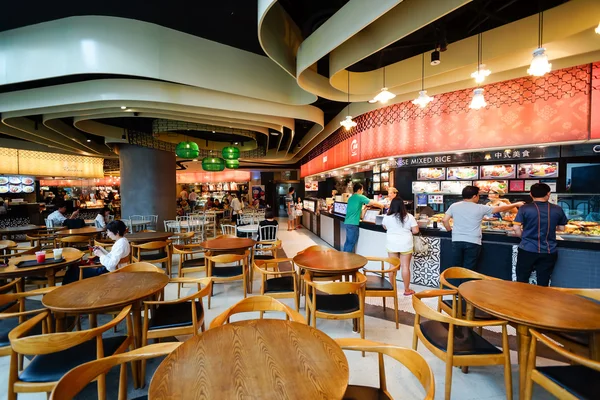
Singapore’s ubiquitous food courts and hawker centers function as perfect pit stops during long exploration days, offering affordable meals, cold drinks, and most importantly, air conditioning and seating. These centers are strategically located near transport hubs, making them easy to incorporate into your travel routes without major detours.
Many food courts stay open late and provide clean restrooms, Wi-Fi, and phone charging opportunities while you plan your next destination. Think of them as community living rooms where you can recharge both yourself and your devices while experiencing authentic local food culture.
Like Travel Pug’s content? Follow us on MSN.
Learn Basic Distance Estimates

Getting familiar with Singapore’s scale helps you make smart decisions about whether to walk, take transport, or use a combination of both methods. The entire main island is only about 27 miles from east to west, which means even cross-island journeys rarely take more than an hour by MRT.
Central areas like the Marina Bay to Orchard Road corridor cover distances that are very walkable, especially using covered pathways and air-conditioned bridges. Developing a mental map of these distances helps you choose the most efficient transport method for each journey.
Plan for Weather Extremes
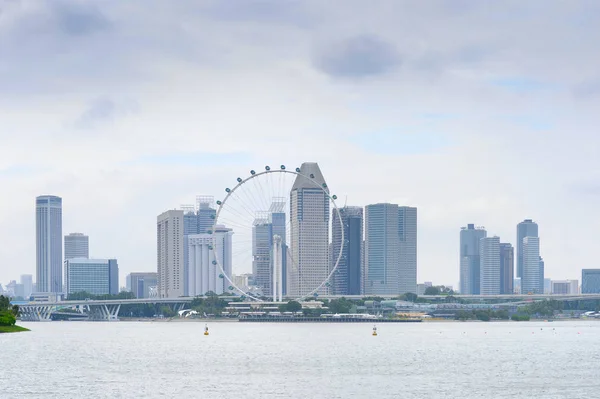
Singapore’s climate swings between intense sunshine and sudden heavy rain, so successful car-free exploration requires planning for both conditions throughout the same day. Underground MRT stations and covered walkways become essential during downpours, while early morning and evening hours provide the most comfortable conditions for longer walks.
Many locals carry compact umbrellas that work for both rain protection and sun shade, treating them as essential everyday items rather than emergency gear. The key is staying flexible with your schedule and having backup indoor activities when the weather turns challenging.
Connect with Local Transport Culture
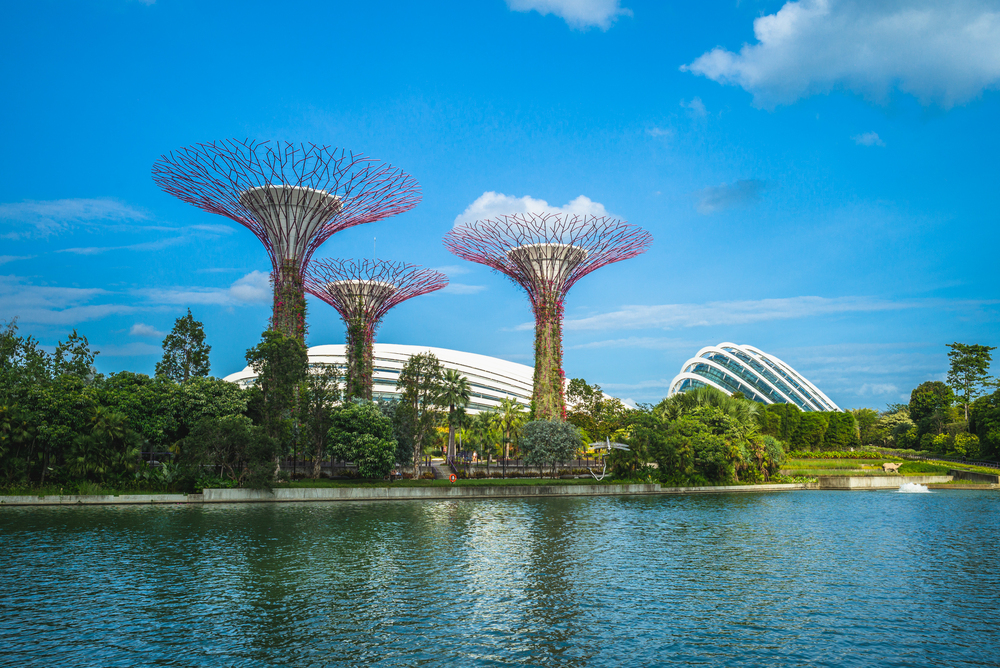
Observing how locals use the transport system teaches you unofficial rules and efficiency tips that no guidebook covers. Singaporeans typically queue orderly for trains, stand on the left side of escalators, and offer priority seating to elderly or pregnant passengers without being asked.
Learning these social norms makes your journeys smoother and helps you blend in rather than standing out as a confused tourist. Local commuters also know the best train cars to board for quick exits at popular stations, or which bus stops provide better shelter during rain.
Like Travel Pug’s content? Follow us on MSN.
When Every Journey Becomes an Adventure

What started as a practical necessity—getting around Singapore without a car—transforms into one of the best ways to truly understand this remarkable city-state. The efficient transport network doesn’t just move you from place to place; it connects you to the rhythm of local life, from morning coffee runs in neighborhood hawker centers to late-night conversations with fellow commuters heading home.
Every train ride offers glimpses into different communities, every bus journey reveals new streets and hidden corners, and every walk uncovers details that speed would simply blur past. Singapore’s car-free lifestyle isn’t just possible—it’s often the richer, more authentic way to experience everything this tropical metropolis has to offer.
More from Travel Pug

- 20 Best Beach Towns in the Carolinas
- 13 Destinations Where Tourists Regularly Regret Their Trip
- 20 Things You Actually Get in First Class
- 20 Small Airports With Aviation Museums
- 20 Places in the U.S. That Are Perfect for a Reset Trip
Like Travel Pug’s content? Follow us on MSN.
